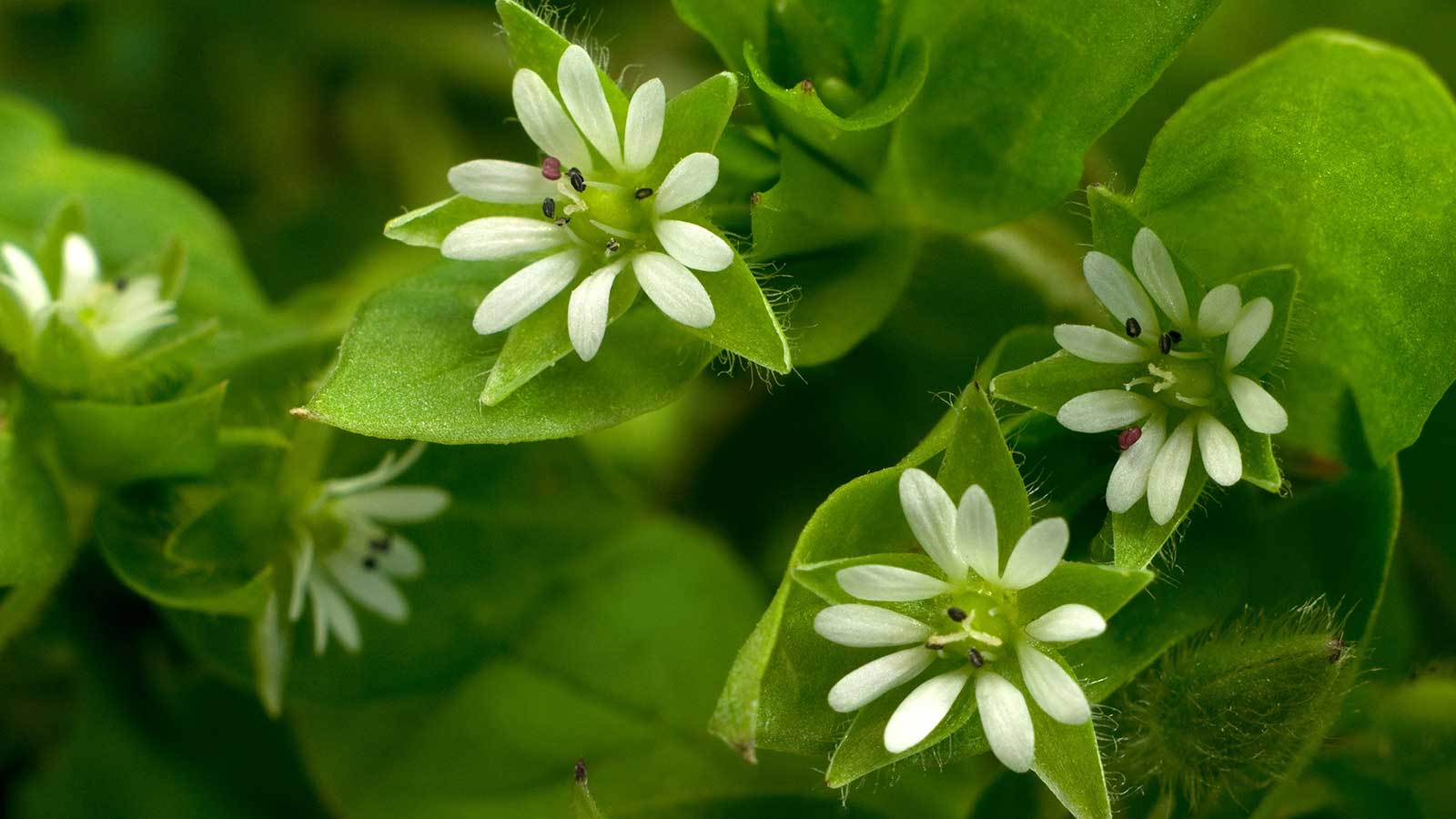
Keeping weeds at bay is key for a neat and tidy garden and to help your precious plants thrive. Catching them early on, before they have time to spread, is always beneficial – but to do so, you'll need to know what to look out for.
While there are hundreds of plants with a weedy reputation in the US, some are more common than others, so could be more likely to crop up in your yard. Many produce flowers, making them seemingly innocuous at first glance, but their fast-spreading nature can quickly turn them into a pain.
I turned to horticultural experts for their insights on common weeds in the US, including tips on how to identify them. They also share top advice on how to get rid of weeds, using natural, non-chemical methods.
1. Dandelion
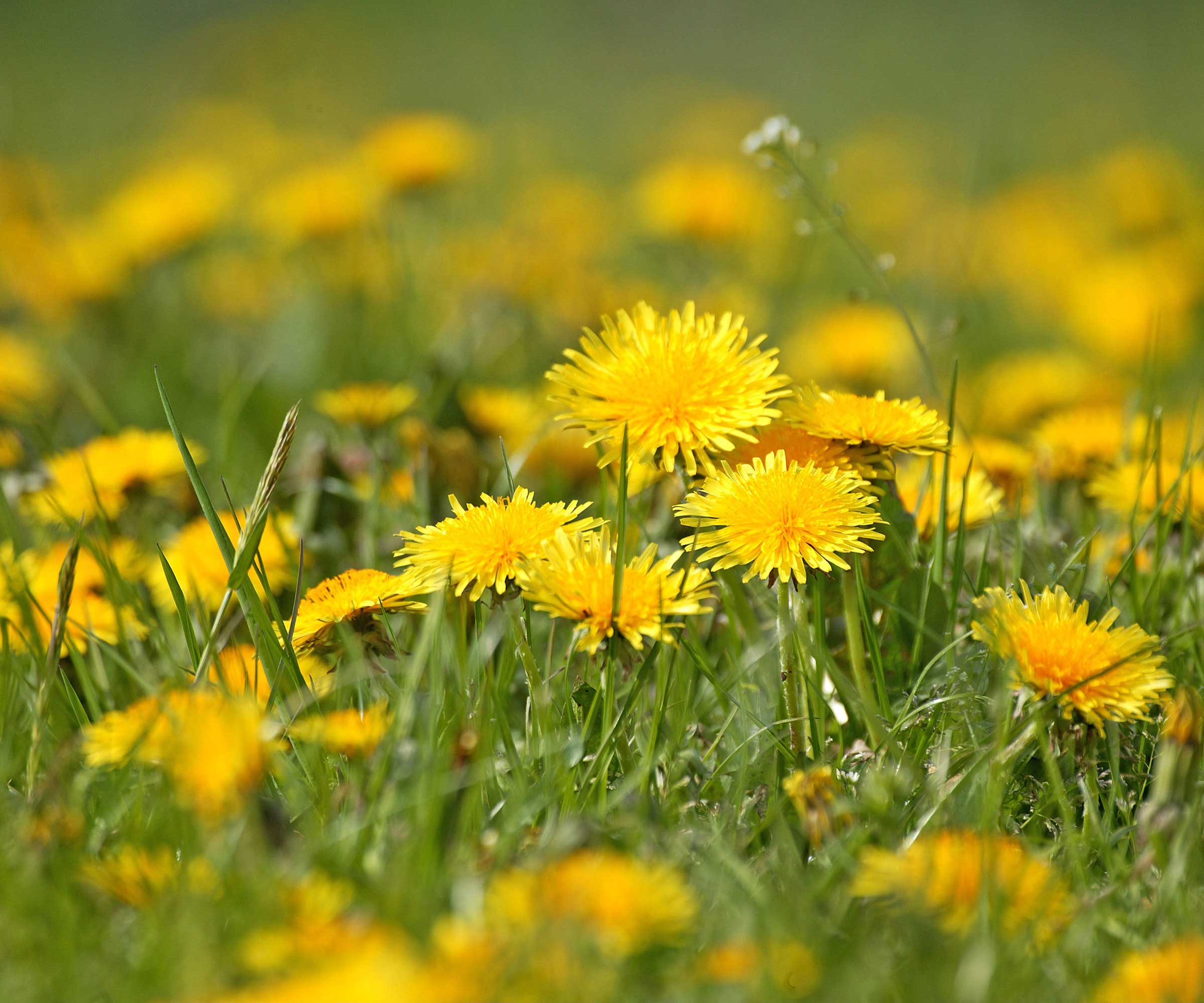
Dandelions (Taraxacum officinale) are an easily recognizable weed with their bright yellow blooms, turning to fluffy seed heads, held on sturdy green stems. Anna Ohler, the owner of Bright Lane Gardens nursery, says they're prolific seed spreaders, and pop up everywhere, including lawns, driveways, garden beds, and cracks in the sidewalk.
'When I’m trying to get rid of them naturally, I wait until after a rain when the soil’s soft, then I use a weeding tool (or honestly just my hands) to pop the whole taproot out,' she says. 'If you leave even a little piece of the root, it’ll grow back, so you need to get deep.
'I also like keeping the lawn a bit taller so the grass shades out the new seedlings,' she adds.
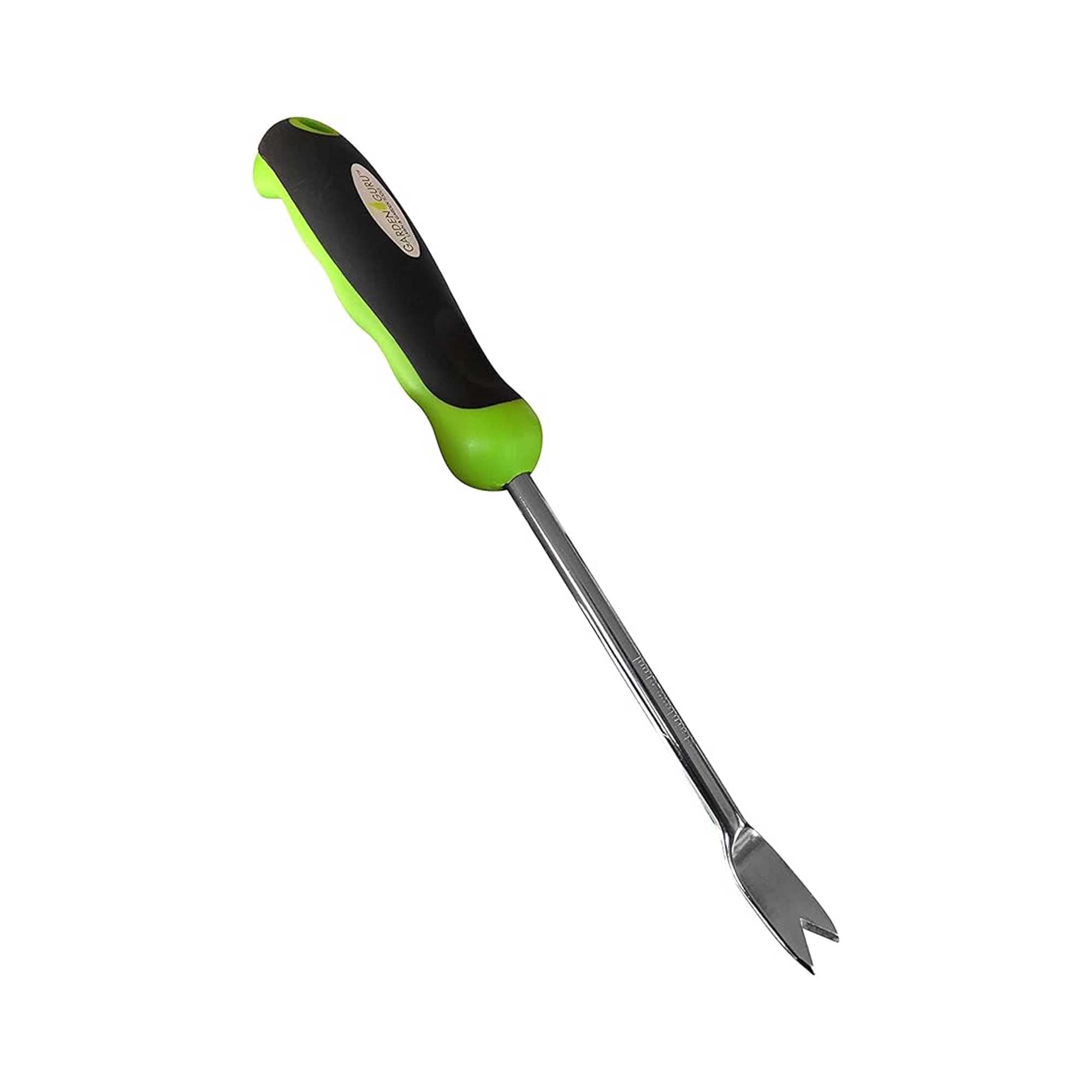
Tackle dandelions in your yard with this lightweight yet strong handheld weeder, which has great customer ratings.
2. Purslane
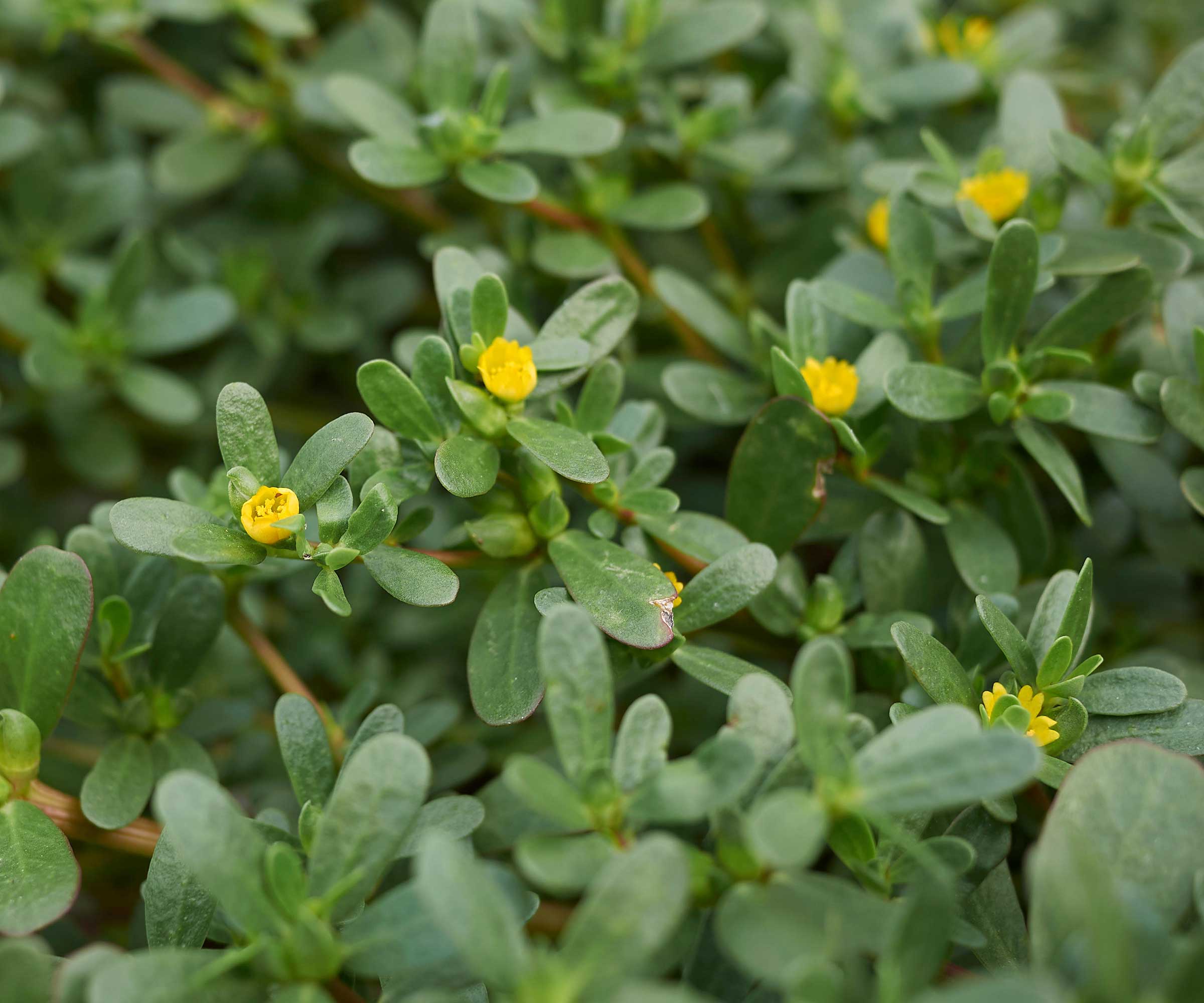
Purslane is also known as pigweed, or Portulaca oleracea. Justin Hancock, horticulturist at Costa Farms, points out how this drought-tolerant succulent has thick, fleshy leaves reminiscent of a small, spreading Jade plant. 'It’s a low-growing groundcover that can reach almost three feet across as it matures,' he says. 'It produces small yellow flowers that open up during the heat of the day but aren’t particularly attractive.'
Justin says that this weed is found throughout North America, from the Pacific Northwest to the Southeast. 'Once a population gets established, it can be difficult to control due to the amount of seeds it’s capable of producing.'
He recommends hand-pulling it to prevent more seeds. 'A thick (at least 3-inch-deep) layer of mulch can help prevent new seeds from sprouting,' he adds. He also suggests applying boiling water to these weeds to help control them in sidewalks, between pavers, and in driveways.
3. Wood Sorrel
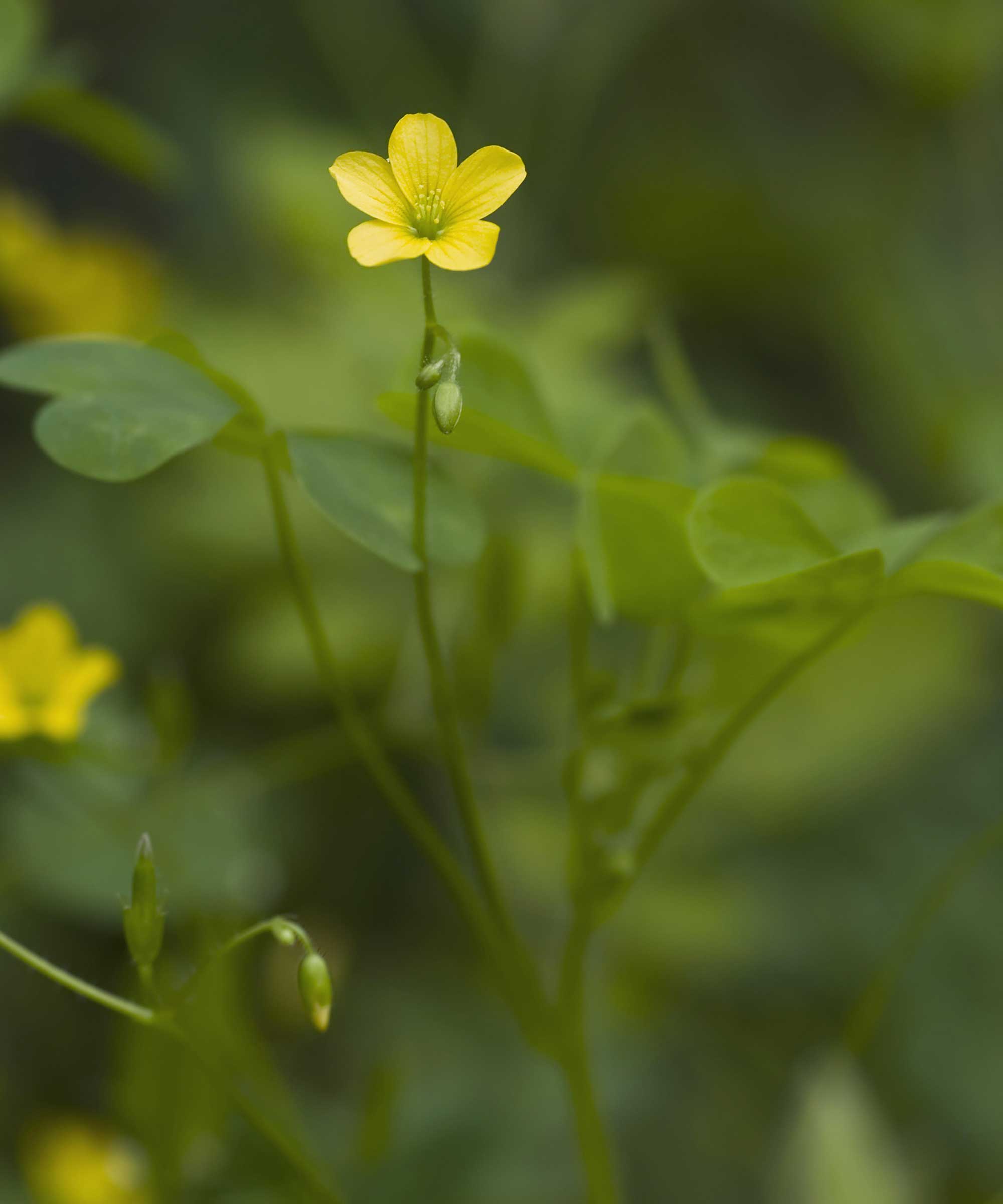
Justin notes how wood sorrel, a type of oxalis, is one of the prettier common garden weeds. 'It has clover-shaped foliage decorated with cheery little yellow blossoms in spring and summer,' he says.
However, if pollinated, these flowers form seedpods packed with seeds, and once ripe, 'the seedpods literally explode, throwing the seeds several feet away'. This means this weed can spread – and quickly. It is usually pretty low growing (six to eight inches tall or less), Justin continues, adding how it can appear throughout North America.
To tackle this weed, Justin recommends hand-pulling existing plants and using a heavy layer of mulch to prevent seedlings from growing and taking hold. 'A layer of mulch at least three inches deep does a great job of keeping it at bay.'
4. Dayflower

Plants with true-blue flowers are kind of rare, so if you see dayflower pop up in your garden, it might be tempting to leave it, says Justin. But, he warns that this weed can be difficult to get rid of once established.
Also known as Commelina, and found throughout North America, the summer and autumn flowers can be identified by their two large blue petals. It also has segmented stems, with long, skinny, pointed leaves, Justin adds. 'It can grow three feet tall and spread more than five feet wide.'
He notes how it can easily form roots anywhere that the stems touch the soil, so pulling it out by hand can be tricky. Nevertheless, if you see it, you can still have a go, 'taking care to remove any section of stem that’s rooted into the ground (you can’t just grab the base of the plant and pull).
'Once you’ve removed it, spreading a dense layer of mulch over the garden can help prevent seeds from sprouting in the future and potentially smother any stem segments that remain in the garden.'
5. Chickweed
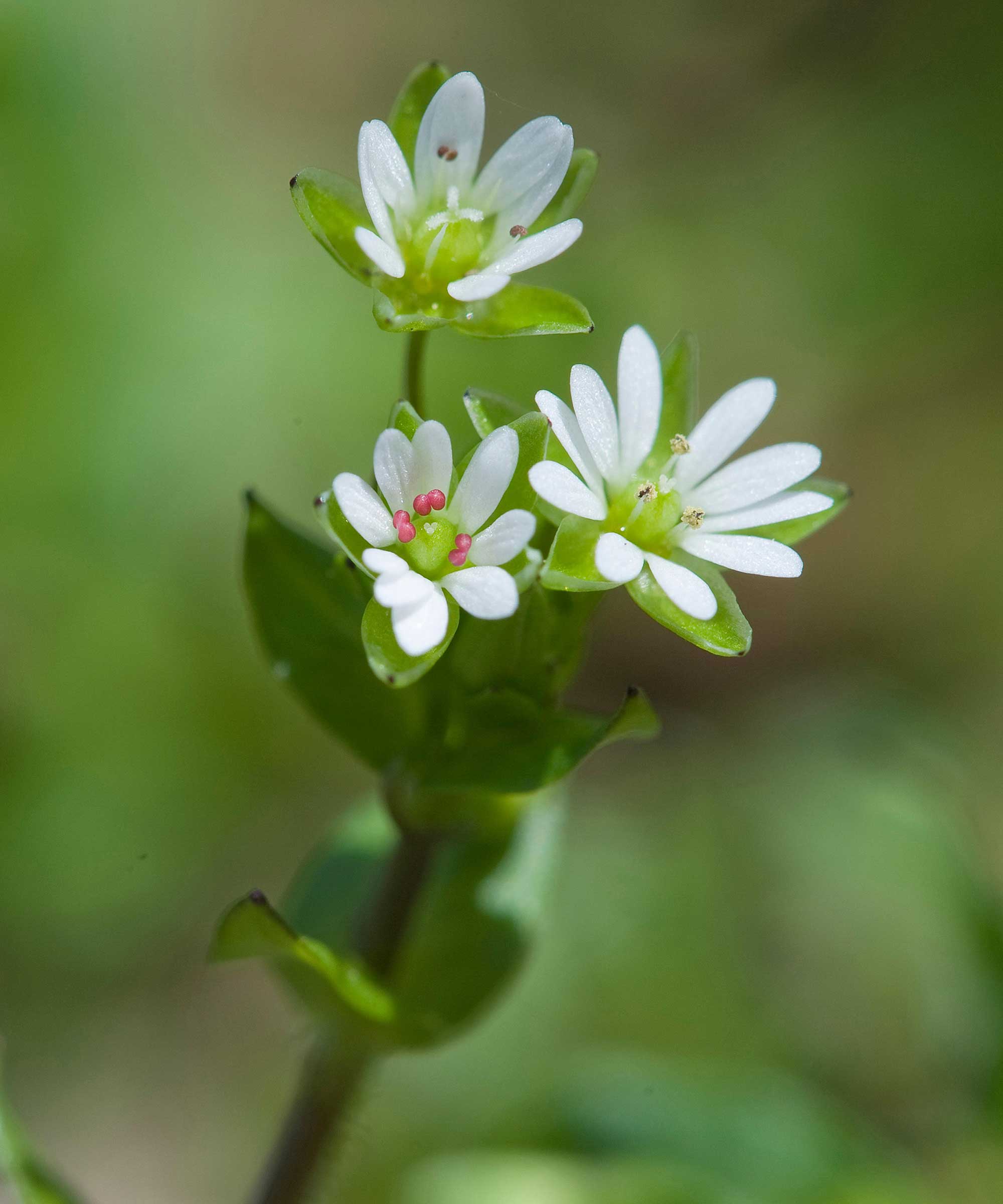
Common chickweed (Stellaria media), sometimes known as starwort, satin flower, or winterweed, is another common weed that Anna mentions, warning that it can 'sneak up on you'.
'It’s low-growing, super soft and green, with these tiny little white flowers that look like miniature stars,' she says. 'I usually see it in the cooler months, like early spring and fall, and it loves shady, moist spots like under shrubs or near garden beds.
'When I notice it starting to spread, I try to hand-pull it right away (it’s really satisfying because it usually comes up pretty easily in big mats if the soil’s damp),' she continues. 'If it’s gotten bad in one of my garden beds, sometimes I throw down a thick layer of mulch or compost to smother it out. This one is pretty easy to control if you catch it early on.'
6. Field Bindweed

Many gardeners will have encountered field bindweed (Convolvulus arvensis) at some point. 'Bindweed is sneaky because it doesn't really look like a weed,' says Anna. 'At first, it just looks like a harmless little vine with pretty heart-shaped leaves and cute white flowers, but before you know it, it’s wrapped around everything and strangling your plants.
'I usually see it where the soil’s been disturbed and in sunny areas,' she continues. 'Getting rid of it is a serious project because even a tiny piece of root can regrow. I try to dig out as much as possible and then smother the area with mulch or even landscape fabric. Sometimes, I’ll even let the vines crawl onto a stick or piece of cardboard, then pull the whole thing out when it’s big enough.
'Weed vines, or invasive vines in general, are really hard to get rid of,' she adds. 'If you have a lot of it, accept that it might be a multi-year project to eradicate from your yard.'
7. Crabgrass

Michael Clarke, a landscape architect and founder of Yardwork, adds crabgrass to the list (Digitaria spp.). 'Crabgrass is a grassy weed with wide, flat blades and sprawls outward like a crab’s legs, growing in clumps with a lighter green color than lawn grass,' he says. 'It grows in lawns, sidewalks, and driveway cracks.'
To get rid of it, he recommends hand-pulling or digging it out before it sets seed, and, if it's growing within a lawn, improving your lawn's health by aerating the soil can help prevent it from returning. 'You can also use corn gluten meal, which is a natural pre-emergent to inhibit seed germination,' he adds.
Tammy Sons, the CEO of TN Nursery, has another tip: to use a vinegar-water mixture, sprayed on sunny days, to naturally dehydrate crabgrass without damaging the soil. Just be careful not to get it on other plants.
Shop weeding tools
These long-sleeved gloves are tough yet flexible, keeping you protected while you weed.
With a long, sharp blade, this hori hori knife is perfectly designed to remove the roots of problem plants and weeds.
You can reduce the strain on your back and knees whilst weeding by using a tool like this stand up weed puller.
FAQs
Do you have to get rid of weeds?
Weeds aren't always an enemy – flowering weeds can be useful plants for pollinators, and can play a wildlife-friendly role in rewilded gardens, where sections are often left unmaintained. However, some weeds are more aggressive than others, and can physically smother plants that you deliberately added to your garden, including native plants, and they will also compete for nutrients and water from the soil. Particularly invasive weeds, such as Japanese knotweed, can also cause property damage.
My garden is overrun with weeds – what can I do?
Tackling an overgrown outdoor space can feel overwhelming, and can take time, so patience is required. It can be helpful (and feel more rewarding) to divide the space into sections and tackle one at a time.
A thick layer of cardboard covered in mulch can be a useful and relatively low-effort way to smother a large patch of weeds and create a new garden bed. Our guide on how to weed a garden quickly has more useful tips to help you get started.
Keeping your weeding tactics natural is key for an eco-friendly garden, and, aside from mulching and hand-pulling, there are other methods to try. Using ground cover plants to keep weeds at bay can be highly effective, for instance. It's also worth getting to grips with the different weeding tools on offer, to help you find the perfect option for your needs.







